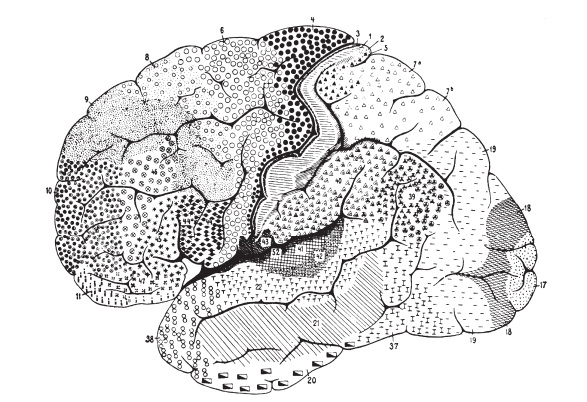Chapter: Essentials of Psychiatry: Cognitive Neuroscience and Neuropsychology
What Is Cognitive Neuroscience?

What Is Cognitive Neuroscience?
In the past two decades, much has been learned
about cognitive phenomena from the constituent disciplines of cognitive
neuro-science: neuropsychology, neurology, psychiatry, neuroimaging,
neurobiology, computer science and cognitive psychology. The emergence of
cognitive behavior from the underlying neuroana-tomical substrate represents a
fascinating, if elusive, process of sci-entific discovery. Although cognitive
neuroscience is represented by a collection of disciplines, its goal is to
provide a framework or process for integration in the study of cognitive
phenomena. That is, the experimental information gained from these disciplines
allows coordinated knowledge of brain systems to proceed both
reductionistically (from macrocognitive to cellular levels) and lat-erally
(from cognitive theories to neuropsychological theories).
The proper domain of cognitive neuroscience is
vast. Motor functioning, attention, language, memory, executive control,
vision, emotion, sensory functions and consciousness are only subsets of this
domain.
Beginning in 1901, Korbinian Brodmann undertook a
series of landmark studies on the cytoarchitectonics of the mammalian cortex.
It had been known before Brodmann that there were six lay-ers of the human
isocortex based on cell type and size. Brodmann extended this work on
cytoarchitectonics to the subdivision of areas of cortex with similar cellular
and laminar structure; he subdivided the human cerebral cortex into 47 areas.
The result is a cytoarchitec-tonic map of the human cerebral cortex. Its
development is critical to the interpretation and replication of findings in
cortical localiza-tion. This system is the predominant one utilized today, especially
with the use of single-cell recordings in animals and functional neuroimaging
studies in humans. In a number of places we refer to Brodmann’s areas with
respect to localization of particular cogni-tive functions. Brodmann’s map is
depicted in Figure 15.1.

Related Topics